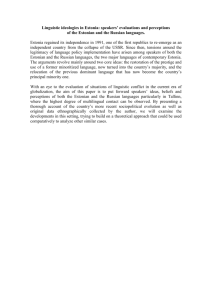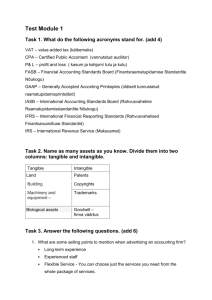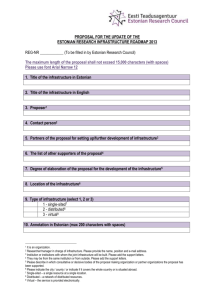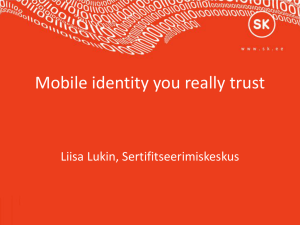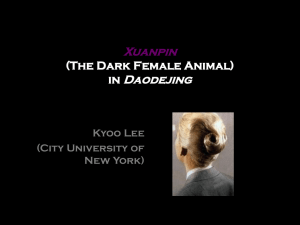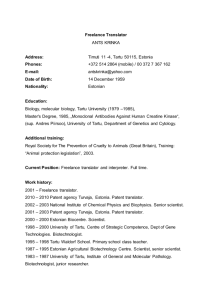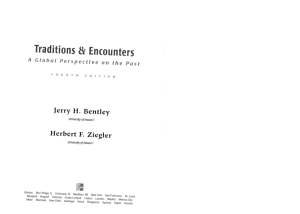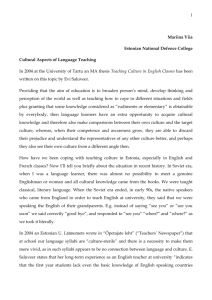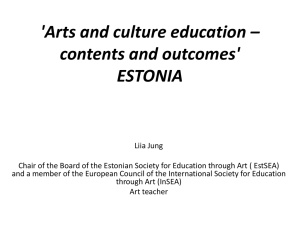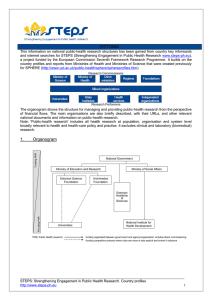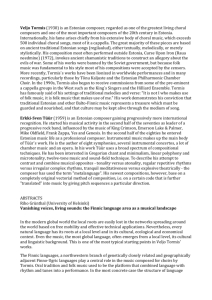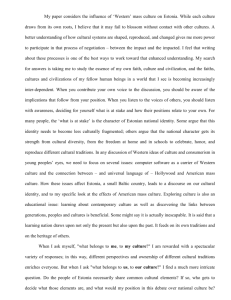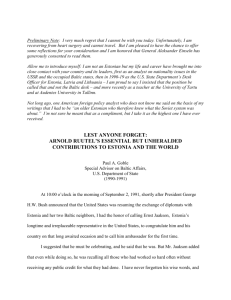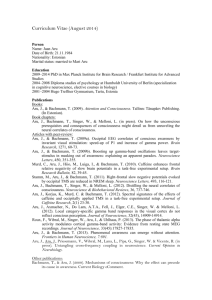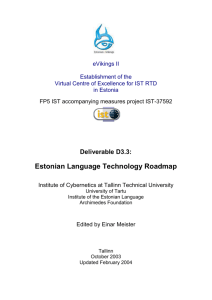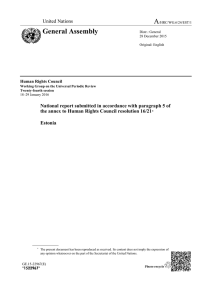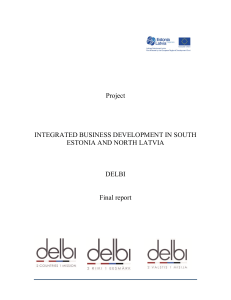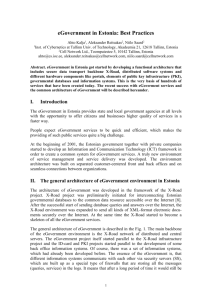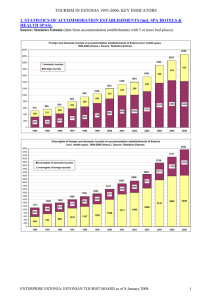Koort
advertisement
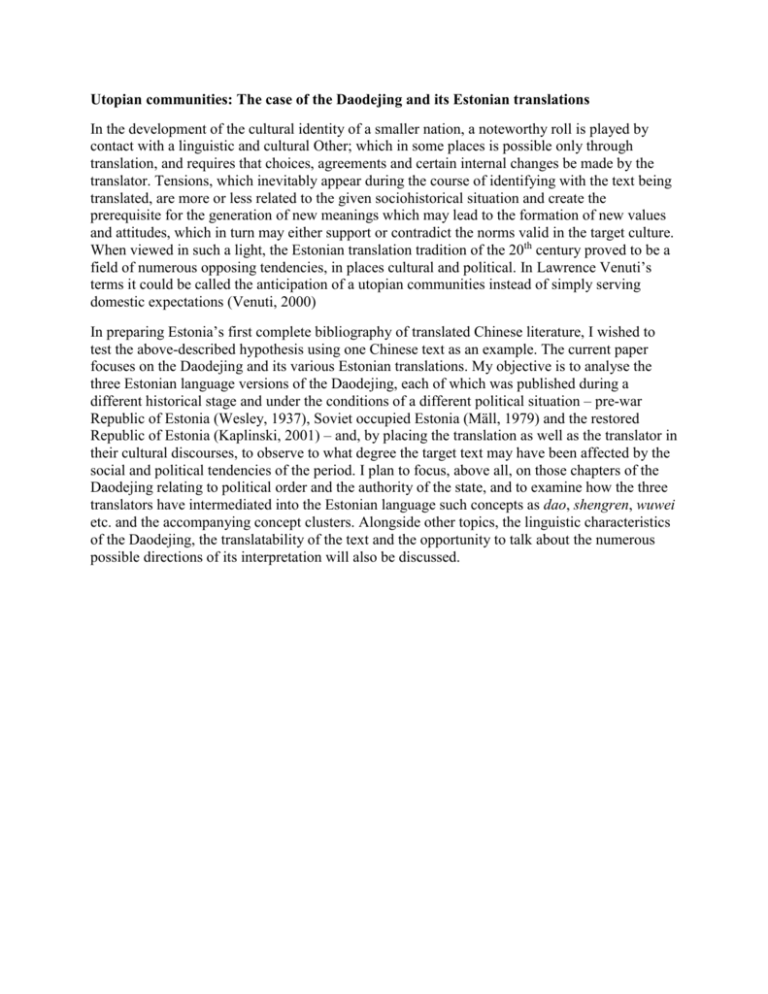
Utopian communities: The case of the Daodejing and its Estonian translations In the development of the cultural identity of a smaller nation, a noteworthy roll is played by contact with a linguistic and cultural Other; which in some places is possible only through translation, and requires that choices, agreements and certain internal changes be made by the translator. Tensions, which inevitably appear during the course of identifying with the text being translated, are more or less related to the given sociohistorical situation and create the prerequisite for the generation of new meanings which may lead to the formation of new values and attitudes, which in turn may either support or contradict the norms valid in the target culture. When viewed in such a light, the Estonian translation tradition of the 20th century proved to be a field of numerous opposing tendencies, in places cultural and political. In Lawrence Venuti’s terms it could be called the anticipation of a utopian communities instead of simply serving domestic expectations (Venuti, 2000) In preparing Estonia’s first complete bibliography of translated Chinese literature, I wished to test the above-described hypothesis using one Chinese text as an example. The current paper focuses on the Daodejing and its various Estonian translations. My objective is to analyse the three Estonian language versions of the Daodejing, each of which was published during a different historical stage and under the conditions of a different political situation – pre-war Republic of Estonia (Wesley, 1937), Soviet occupied Estonia (Mäll, 1979) and the restored Republic of Estonia (Kaplinski, 2001) – and, by placing the translation as well as the translator in their cultural discourses, to observe to what degree the target text may have been affected by the social and political tendencies of the period. I plan to focus, above all, on those chapters of the Daodejing relating to political order and the authority of the state, and to examine how the three translators have intermediated into the Estonian language such concepts as dao, shengren, wuwei etc. and the accompanying concept clusters. Alongside other topics, the linguistic characteristics of the Daodejing, the translatability of the text and the opportunity to talk about the numerous possible directions of its interpretation will also be discussed.
